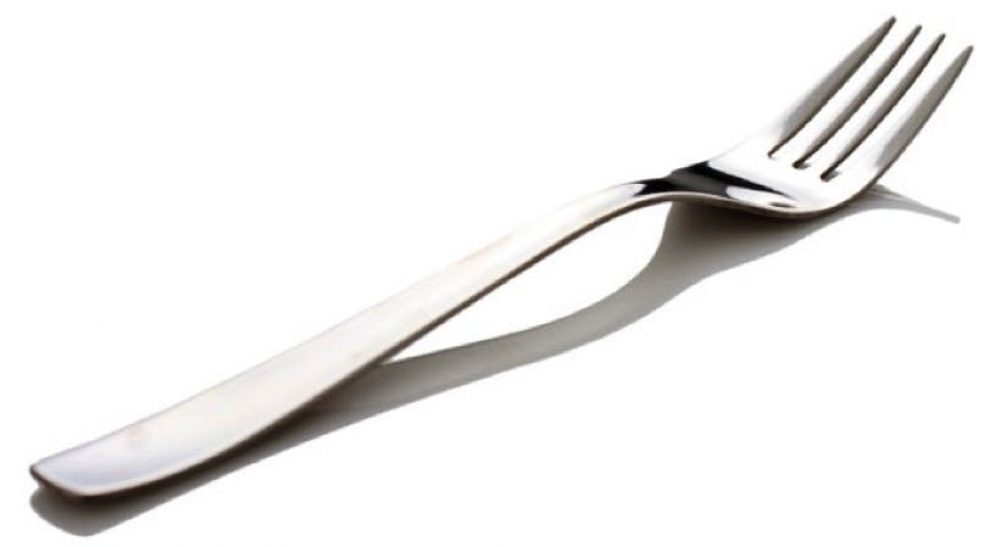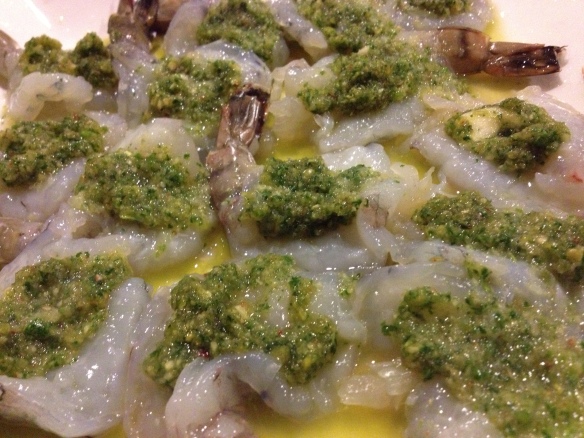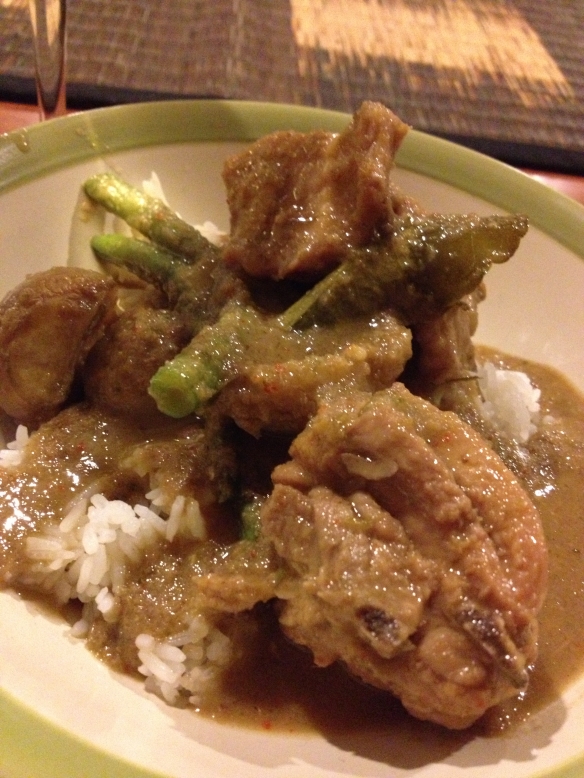It’s a day late, but better late than never.
Most people are familiar with the background of the ANZAC biscuit; it probably formed part of what we learned in school, but for the sake of padding out this post, it’s claimed that the biscuits were sent by wives to soldiers abroad because the simple ingredients (rolled oats, flour, desiccated coconut, sugar, butter, golden syrup, baking soda and water) did not spoil easily. The omission of eggs was also thought to be because of the scarcity of eggs during the First World War, after most poultry farmers had joined the war effort. Then there is also the typical Trans-Tasman rivalry and conjecture around whether it was the Kiwis or the Aussies that invented the biscuit first, like the pavlova, lamington or claiming Neil and Tim Finn as our own. Alas, still no one is willing to claim Russell Crowe (don’t tell me you didn’t see that coming).
Personally, I am not a massive fan of the ANZAC biscuit. Whilst we grew up on Nan’s homemade ones, like most Australian and New Zealand kids would have, I find them too sweet. However, like Nan’s, they have to be crunchy. The soft ones just don’t seem right. But, each to their own. We are lucky we have the freedom of choice, as trivial as it is to muse over a biscuit preference. I think that falls into the category of first world problems.
Yesterday morning’s last minute decision to make ANZAC biscuits was my 6 year old’s idea. She enjoys the helping part, but I knew that she wouldn’t be a fan of the end result… mainly because it’s not a mass-produced Tiny Teddy or a packet of the recently-discovered Uglies. I had all of the ingredients on hand with the exception of rolled oats, so a quick run up to the local Foodworks ensured we could knock up a batch to take to the park later on.
At this point, the traditional recipe started to take a turn. I ended up having to settle for quick oats (the smaller cut version of whole rolled oats) because that’s all they had, which in hindsight is what I will continue to use in the future. But more on that later. As I mentioned earlier, the sweetness is what puts me off ANZAC biscuits, so I began to think about what I could do to offset the sweetness… Maybe in a number of ways. Then slowly, I began to feel a tiny pang of guilt. I was messing with such a sacrosanct recipe! It usually pisses me off when people mess around with things that shouldn’t be messed with. Now I was one of those people. However, I was prepared to overlook it when I finally tried the end result.
Firstly, I decided to back off on the sugar in the recipe, using about ¾ of a cup as opposed to a full cup. Whilst this was a bit of a risk in achieving my preferred crunchy version, I did it anyway. A higher sugar content relative to the amount of golden syrup results in a crisper biscuit, whereas a greater percentage of golden syrup gives you a softer and chewier result. I kept the golden syrup to the one tablespoon, as listed in the recipe.
The second change was the spontaneous addition of something controversial, mainly because I saw them in Foodworks, and hardly Antipodean – Hershey Reece’s Pieces. I guess you could dedicate it to our alliance with the US. Whilst they’re still relatively sweet, I decided that they might add some of that slightly salty, peanut buttery richness in bursts.
Thirdly, hot out of the oven, I gave each biscuit a tiny pinch of Murray Pink Salt to give that slight contrast to the sweetness and finally, a drizzle of bitter, 85% dark chocolate.
The rest of the ingredients were (practically) straight up and taken from Margaret Fulton’s ANZAC Biscuit recipe… that is with the exception of the oats. Using the smaller cut, quick oats resulted in a denser biscuit. Oh, and I used dried coconut instead of desiccated. And biscuit flour instead of plain flour… Actually, in hindsight, my version a little removed from the recipe developed by our ancestors to keep our troops fuelled and motivated. But they were delicious.
ANZAC Biscuits, my way…
125g unsalted butter
1 tbsp golden syrup
2 tbsp boiling water
1 ½ tsp baking soda
1 cup quick oats (smaller cut ‘quick’ oats)
¾ cup dried coconut (not desiccated)
1 cup flour (I used biscuit flour, with a lower protein content)
¾ cup brown sugar
2 x 43g packets Reese’s Pieces
Murray Pink Salt
150g 85% good quality dark chocolate (I used Lindt)
Preheat oven to 150 degrees Celsius.
Melt butter, golden syrup and sugar over a low heat in a small heavy based pan until melted. Add the baking soda to the boiling water, then mix into the melted syrup mixture. When well combined and frothy, pour the mixture into the combined oats, flour and coconut dry ingredients and mix well. When the mixture has cooled a little, gently mix in the Reese’s Pieces until they are well distributed throughout the mixture.
Roll mixture into small (2cm) balls onto greased baking trays, leaving room for spreading. I found that using the smaller cut oats resulted in not as much spreading as you’d typically expect from an ANZAC biscuit.
Bake for 18-20 minutes. If you want to achieve a crispier biscuit, drop the temperature a little and extend the cooking time.
Upon removing the hot biscuits from the oven, flatten slightly and sprinkle each with a tiny amount of Murray Pink Salt. Cool on the tray for a few minutes, then remove onto wire racks.
When completely cooled, drizzle with dark chocolate and leave to set.
I’m not much of a baker, but I was extremely proud the end result. Overall, it was crispy on the outside softer on the inside and to be perfectly honest they were awesome – even if they weren’t technically a true ANZAC Biscuit.
Lest we forget.



